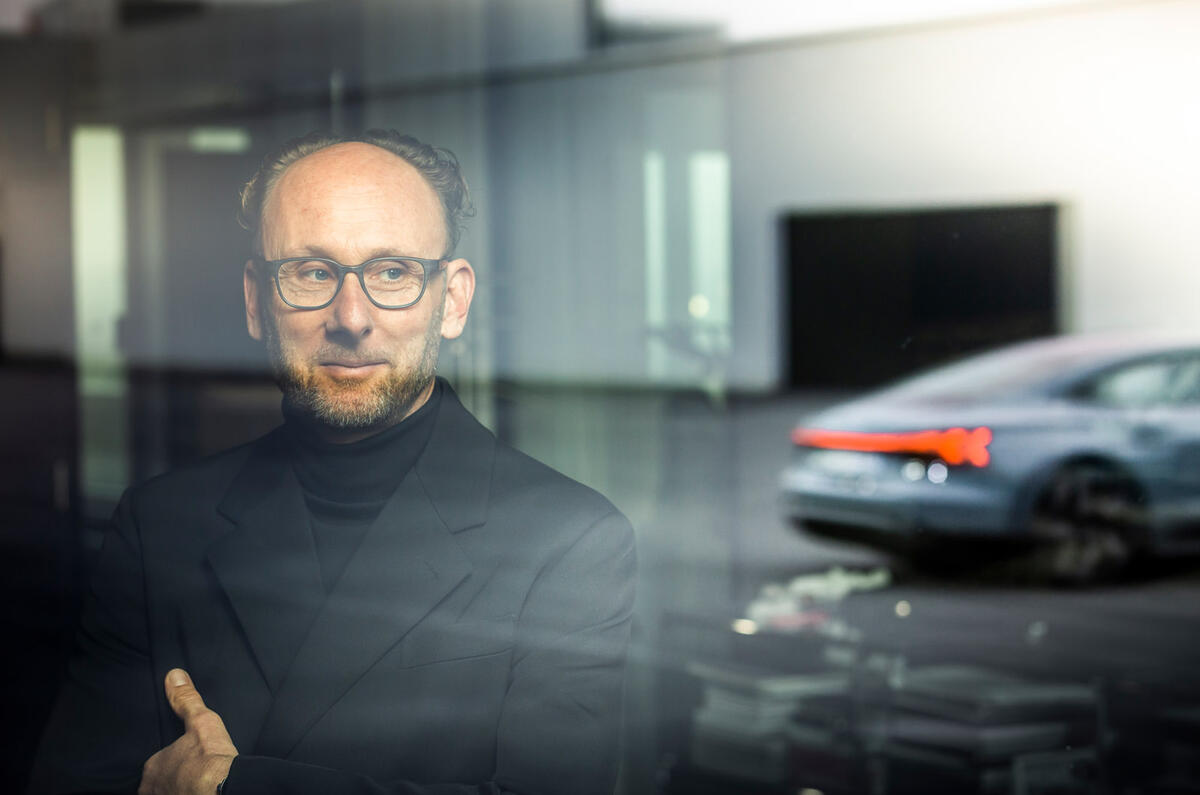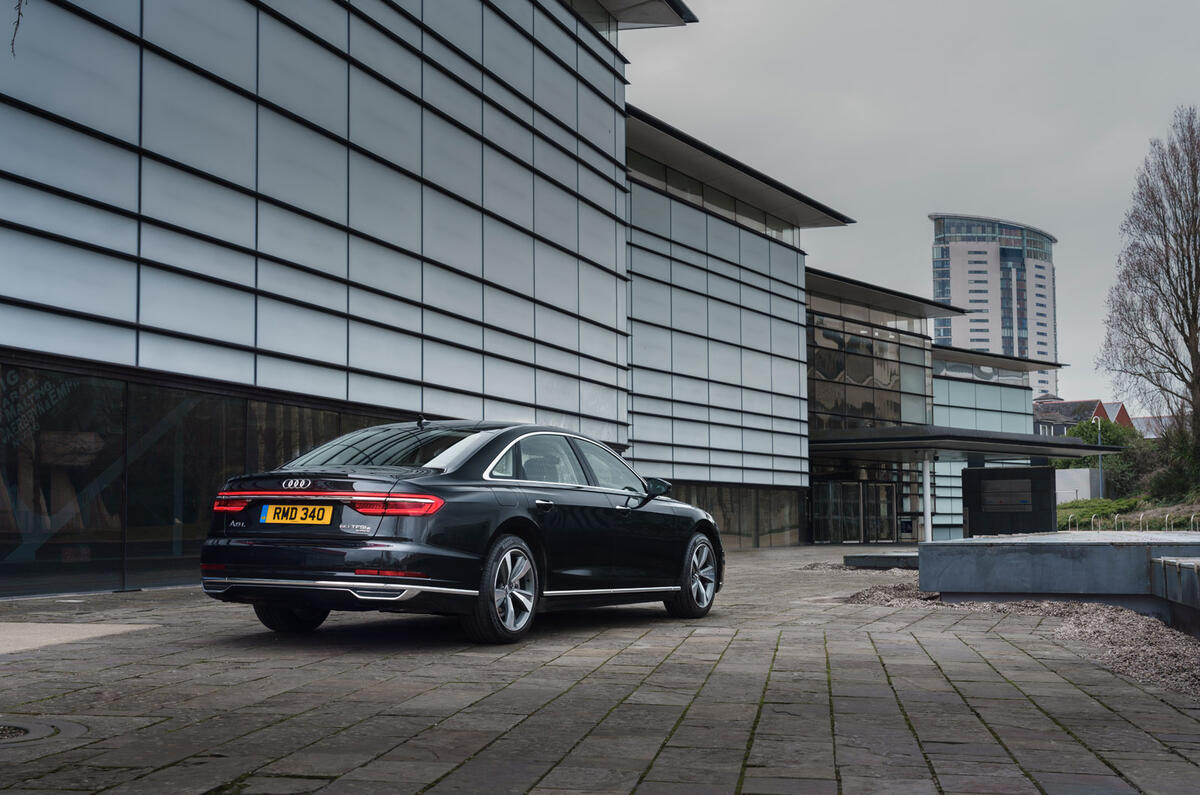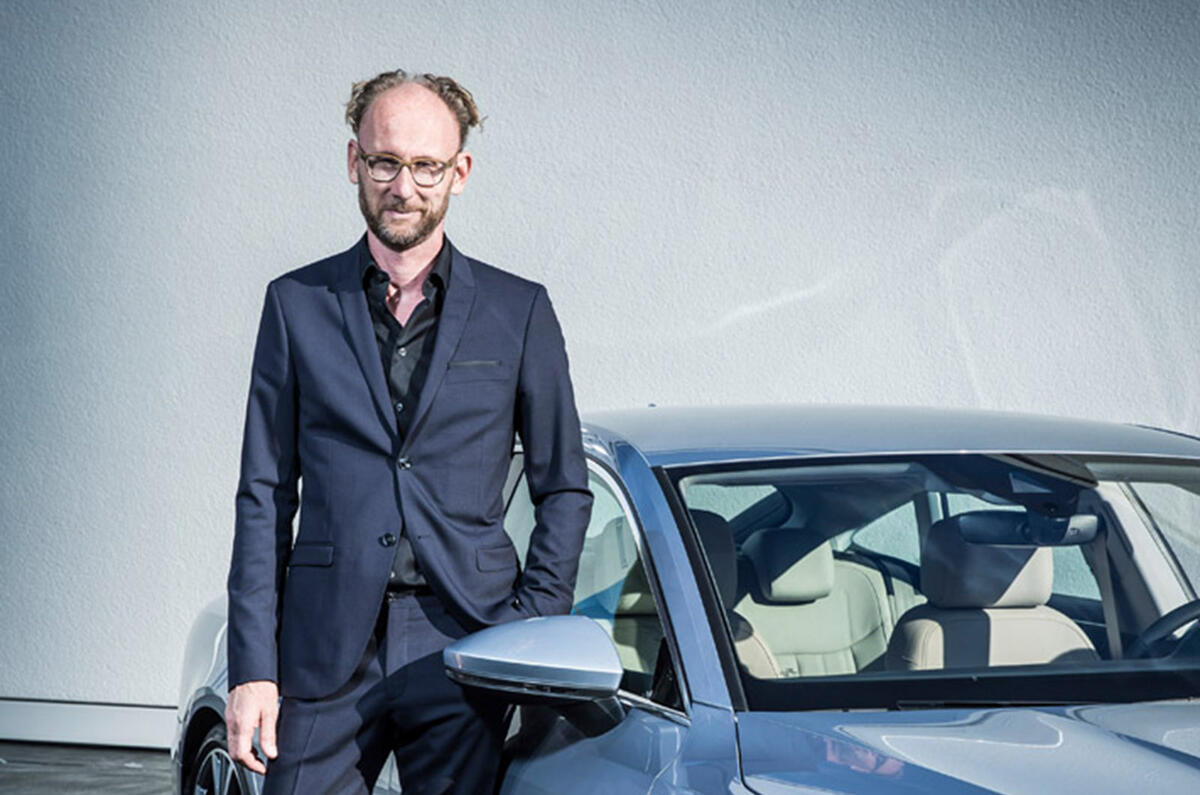Designing radical Audi cars is nothing new for Marc Lichte. He has been doing it for most of his life. “I used to sketch designs when I was a young boy,” he says. “I was always dreaming of becoming a car designer – and, really, an Audi designer.”
That said, the transition from doodling while growing up in the West German town of Arnsberg to actually designing Audis took a little longer than Lichte had envisaged.
He recalls: “When I was studying design [at the Pforzheim University of Applied Sciences], I received sponsorship from Audi. Hartmut Warkuß got me a contract, but by the time I had finished my studies, he had moved with Mr [Ferdinand] Piëch to Wolfsburg to become head of Volkswagen design.
“I said: ‘Mr Warkuß, I want to start in Ingolstadt.’ But he told me that for two or three years I had to follow him in Wolfsburg and then I could go to Ingolstadt. It took me 17 years in Wolfsburg, but luckily it happened in 2014. I love it. I love what I’m doing here. I love the brand, and I want to bring Audi to the next level.”
To be clear, Lichte didn’t spend 17 unhappy years trying to escape Volkswagen: he had a very successful career there, eventually rising to exterior design chief. In that role, he shaped three generations of Golf (five, six and seven), the Touareg and the Arteon. And his circuitous route to Ingolstadt also meant that his arrival seven years ago came at a pivotal time for both Audi and the wider car industry.

Lichte’s first Audi project was the Prologue concept, which previewed the fourth-generation A8 that would arrive in 2017. And since then, he has led the firm into the electric age with the E-tron SUV and the E-tron GT.
Lichte is particularly proud of the low-slung fastback that was launched earlier this year, describing it as “definitely the most attractive car I’ve designed with my team in my career”. It will set the tone for the cars that will transition Audi into an electric-only brand, following the confirmation that it will launch its last combustion-engined car in 2026.


























Join the debate
Add your comment
@jason recliner
Now you're just making yourself sound like a snob. A snob whose opinion is apparently in the minority.
Sad.
@ Martin66 Why is The Bachelor so popular? Why do people care about Meghan? Why do so many people buy VWs? Plenty of cashed up bogans/chavs watching TV and getting finance.
I would happily buy one of these new Audis, so would consider being called a "twonk" by someone like you something to be proud of.
And who the hell cares what he is wearing? Your comments say more about you than they do about Marc Lichte.